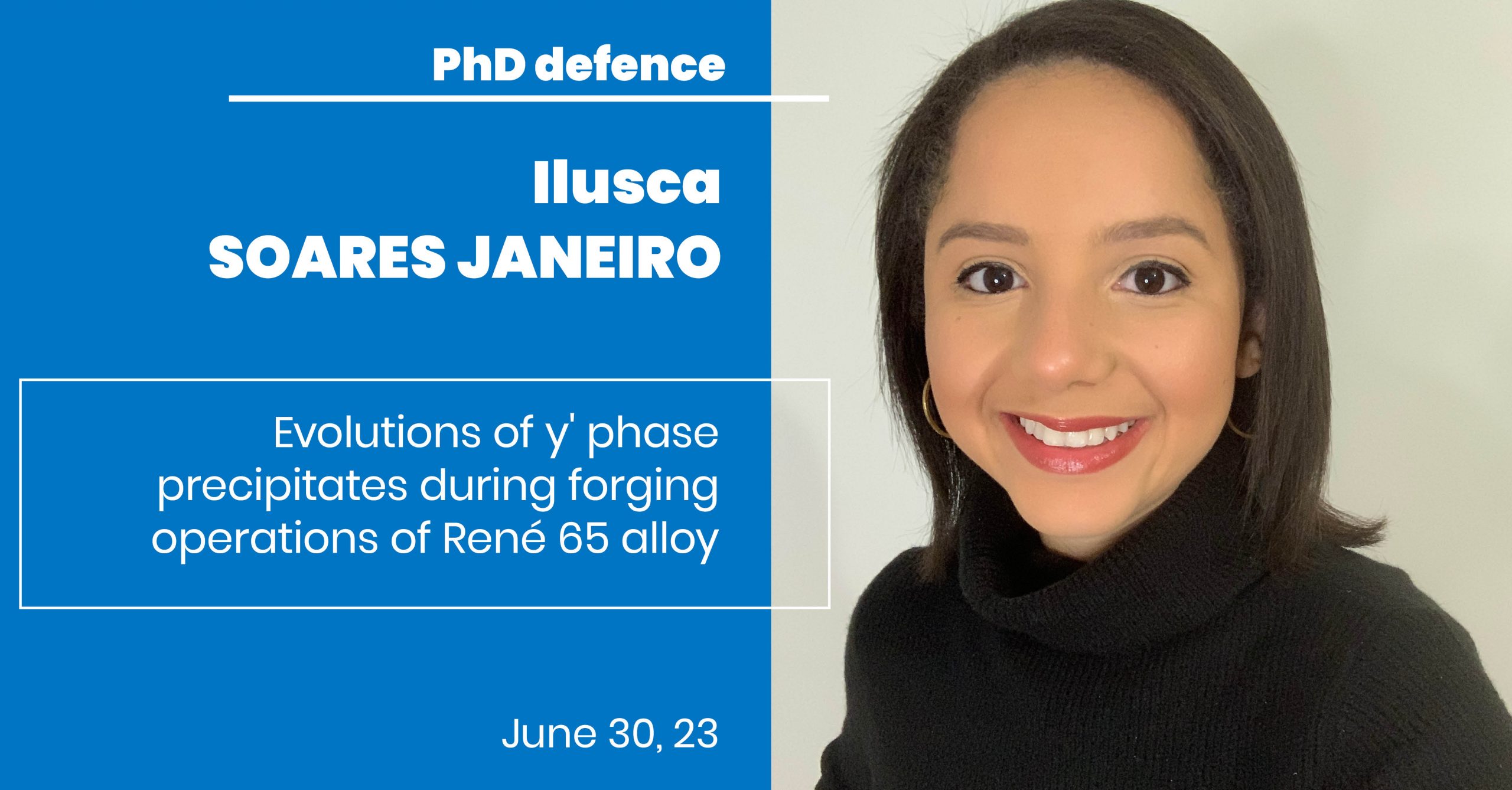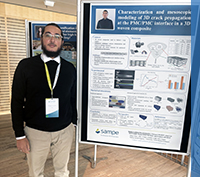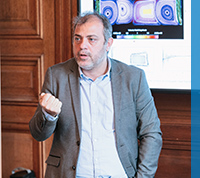PhD Defence of Ilusca Soares Janeiro
30 June 2023
Ilusca Soares Janeiro defends her PhD in Computational Mechanics and Materials on June 30, 23.
Evolutions of γ' phase precipitates during forging operations of René 65 alloy

Ilusca Soares Janeiro conducted her PhD work under the supervision of Nathalie Bozzolo (MSR team) and Jonathan Cormier (Institut Pprime). She defends her PhD in "Computational Mechanics and Materials" on June 30th, 23 in front of the following jury:
– Florence PETTINARI STURMEL, Université de Toulouse – CEMES
– Denis DELAGNES, Ecole des Mines d’Albi
– Franck TANCRET, Université de Nantes – IMN
– Madeleine BIGNON, Mines Paris – CEMEF
– Nathalie BOZZOLO, Mines Paris – CEMEF
– Jonathan CORMIER, ISAE ENSMA – Institut Pprime
Abstract:
Ni-based superalloys are high-performance metallic materials possessing excellent mechanical properties at high temperatures. They are widely used in the aerospace industry, both in wrought and cast states, in the hottest and most highly stressed parts of jet engines. In order to increase the operating temperature of engines and thus reduce fuel consumption and greenhouse gas emissions, the polycrystalline Ni-based superalloy René 65 has been chosen for the manufacturing of certain turbine disks in new generation jet engines.
A non-negligible effect of the heating rate on the γ' phase evolutions was observed for temperatures closer to the γ' solvus temperature (T > 1010 °C) for the Rene 65 alloy. A phenomenological model describing the evolution of the of primary γ' precipitates fraction as a function of time and temperature was established for René 65 and AD730™ alloys. This relationship provides a better estimation of the grain size and γ' precipitates evolutions during γ' sub-solvus isothermal treatments. The dynamic precipitation phenomenon was observed for γ-γ' superalloys. Two types of dynamic γ' precipitates (i.e. developed during hot deformation) have been characterized. Dynamic precipitation seems to be favored at high temperatures, low strain rates and high strain levels up to a certain limit, defined as 1.0 for the René 65 alloy under the investigated conditions. In the post-dynamic regime, the evolution of the two types of dynamic γ' precipitates occurs distinctly from each other. A bimodal distribution of γ' precipitates was observed immediately after subsolvus solution treatment. A scenario was proposed to explain the origin of the γ' precipitation state, considering the thermomechanical history of the René 65 alloy.
Keywords: nickel based superalloy, γ-γ' microstructure, precipitation, hot forging, recrystallization








